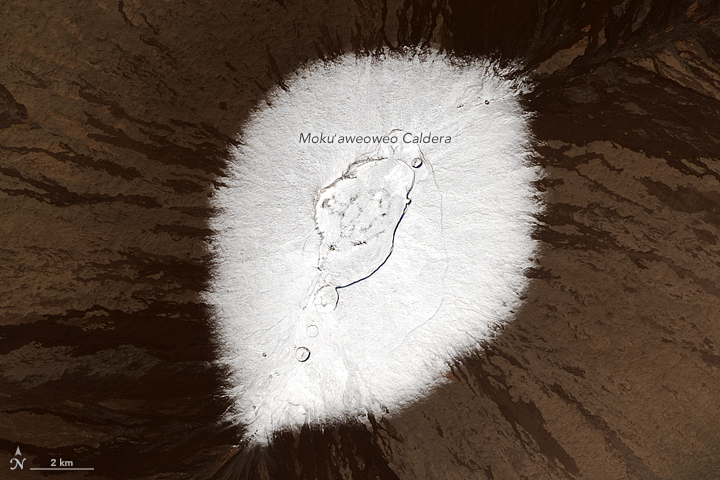Податотека:Mauna Loa summit in snow 2016.jpg
Mauna_Loa_summit_in_snow_2016.jpg (720 × 480 пиксели, големина: 295 КБ, MIME-тип: image/jpeg)
Историја на податотеката
Стиснете на датум/време за да ја видите податотеката како изгледала тогаш.
| Датум/време | Минијатура | Димензии | Корисник | Коментар | |
|---|---|---|---|---|---|
| тековна | 17:09, 10 јануари 2017 |  | 720 × 480 (295 КБ) | Tillman | {{Information |Description ={{en|1= Snow may not be the first thing that comes to mind when you think of the Hawaiian Islands. But nearly every year, the peaks of Mauna Kea and Mauna Loa volcanoes are temporarily dusted with white. Satellites captu... |
Употреба на податотеката
Податотекава се користи во следнава страница:
Глобална употреба на податотеката
Оваа податотека ја користат и следниве викија:


